10 IoT Predictions For 2017
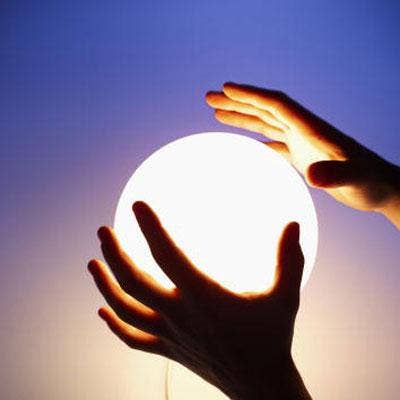
Smart Predictions For Smart Products
A ton of research has popped up over the past few years painting the Internet of Things as the next big industry-changing technology. In a CRN survey this summer, 85 percent of solution providers said they are currently deriving revenue from IoT solutions, with 49 percent saying IoT represents a meaningful or huge opportunity for them over the next 18 months. Meanwhile, market research firm IDC predicts that the IoT market will reach $7 billion in 2020, while research firm Gartner predicts that 20.8 billion connected things will be in use in 2020, up from 6.4 billion in 2016.
So what can solution providers expect in the coming year from the IoT market?
There are several key trends we will see in 2017 as the Internet of Things market continues to change. Here are 10 IoT trends for 2017, in no particular order.

1. Spotlight On Data Analytics Tools
The past year has seen a rush in the industry to connect any and every device. From trash cans to thermostats, technology vendors and device manufacturers are racing to launch the newest smart "thing." But now, businesses are beginning to realize that the real value in IoT is not the ability to collect that data from devices, but rather analyzing that data to derive meaningful business insights.
In 2017, data analytics tools like IBM Watson Analytics and Microsoft Stream will take a starring role in IoT solutions as customers look to real-time data analysis for business intelligence.
"We're seeing data now, but in the future we'll see an explosion of innovation around how to apply that data," John Walicki, Watson IoT Developer Ecosystem Advocate at IBM, told CRN.
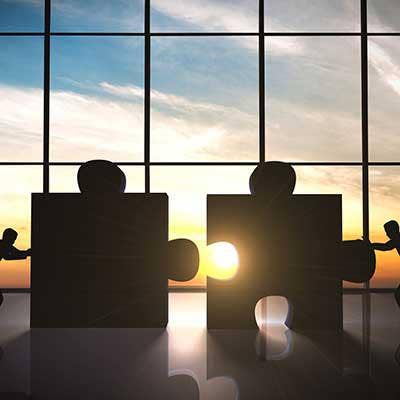
2. Continued Increase In IoT M&A Activity
In 2016, vendors like Intel, Cisco and Microsoft made blockbuster acquisitions to build out their Internet of Things businesses – and that trend will continue in the coming year.
There were nearly two dozen major IoT-related mergers and acquisitions in the first four months of 2016 alone, according to research firm Strategy Analytics. According to the report, the most desirable acquisition targets are companies whose core competencies revolve around analytics, security, connectivity platform capabilities and services.
In 2017, more vendors and channel partners will target acquisitions that will help them get a leg up with app development, operational technology expertise and industrial capabilities.
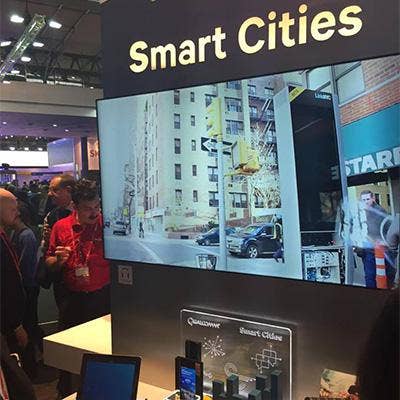
3. More Cities Will Become "Smart"
In 2016 the U.S. Department of Transportation said it would invest $65 million in programs funding smart city technologies, aimed at easing traffic congestion and creating new mobility services.
While many cities have started to look at IoT initiatives, this government funding will help pave the way for mass adoption of smart city functionality. As part of this, analyst firm Analysys Mason says 2017 will see new investment models as a critical element necessary to transition projects such as city-wide energy efficiency systems from small trials to full-scale smart city operations.

4. Increased Collaboration Between IT And OT
Internet of Things applications have grown beyond the glitzy consumer market in 2016 to the manufacturing and industrial markets. Industrial executives are realizing that connected factories can ultimately cut costs and make manufacturing floors more efficient.
However, part of the growth of Industrial IoT is the convergence of IT and operational technology (OT)– that is, the connected valves, pumps and HVAC systems and other critical building and factory infrastructure. In the coming year, IT solution providers and vendors will need to begin to work more closely with the operational technology side of the manufacturing floor.
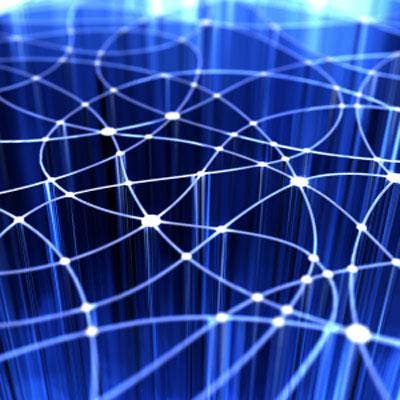
5. Telecom Companies Will Continue To Double Down On IoT
Telecom vendors in 2016 were rushing to carve out their share of the IoT market. Verizon, in particular, made big investments in its IoT platform, ThingSpace– including a blockbuster $2.4 billion acquisition of fleet and mobile management company Fleetmatics, and an acquisition of smart LED lighting provider startup Sensity Systems.
In 2017, other telcos will follow in Verizon's footsteps, under continued pressure to grow their Internet of Things businesses faster, particularly through acquisitions.
"Senior management may view this as too long a timescale and some operators may explore acquisitions or investments as a result," said analyst firm Analysys Mason in a recent report.

6. Stronger Focus On Interoperability
One major issue that Internet of Things devices are facing is interoperability. The IoT market came together as many manufacturers made their devices based on some protocols, such as Wi-Fi, Thread, and Bluetooth, but not others. In the coming year, manufacturers will make a bigger effort to standardize their IoT solutions hardware, software around key protocols.
"Protocols and standards are key to the success of IoT systems, as well as regulations to enable ultimate data and privacy protection and security," said IoT expert Dr. Shipeng Li, CTO of Chinese IoT platform company IngDan. "We’ll see companies, associations, governments [and] consumers come together to tackle several areas of interoperability, such as data."
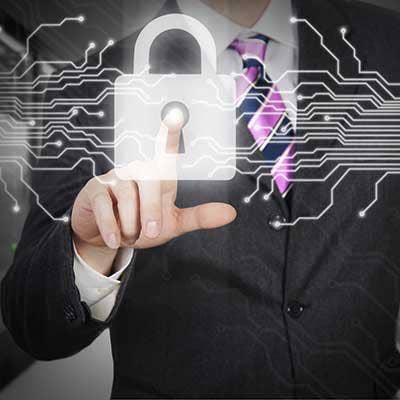
7. More IoT Security Breaches
The entire IoT industry was upended in 2016 when hackers used IoT devices to overwhelm servers at Domain Name System (DNS) provider Dyn, leading to the blockage of more than 1,200 web sites – including Twitter and Netflix.
The distributed denial of service attack (DDoS) attack shed light on the risks behind the security vulnerabilities of many IoT devices, and many solution providers called on manufacturers to invest more in security measures behind connected products.
However, many connected devices remain vulnerable, and in 2017 the tech industry will continue to face security scares.
"Weaponizing IoT will become a regular occurrence," said David Gibson, vice president of strategy and market development at security company Varonis Systems. "IoT devices such as DVRs and security cameras will become more frequent targets for attackers."
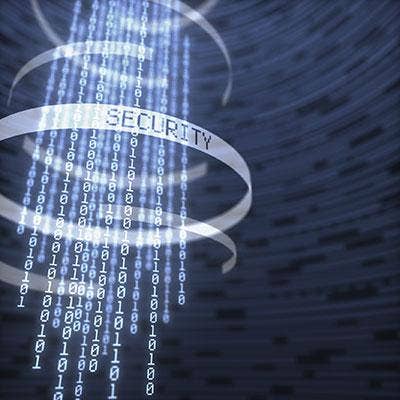
8. A Bigger Push For IoT Security Standards
In the wake of new security threats posed by IoT, there the industry will take steps to prevent those threats in 2017.
In the wake of the Dyn DDoS attack in October, 2016, several players in the tech industry called for more security standards requirements for IoT devices.
Sen. Mark Warner (D.-Va.) sent a letter to the Federal Communications Commission, Federal Trade Commission and Department of Homeland Security slamming manufacturers in 2016 for "flooding the market with cheap, insecure devices, with few market incentives to design the products with security in mind, or to provide ongoing support."
In 2017, more players in the tech industry will strive to enforce rules and regulations regarding IoT security on connected devices.
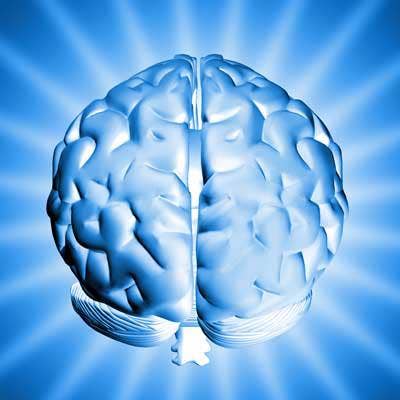
9. Channel Understanding And Adoption Of IoT Continues To Grow
In previous years, the channel has been confused about the opportunities in the Internet of Things. Last year saw a lot of solution providers dipping their toes in IoT waters. In 2017, however, more solution providers build IoT into their business plans.
According to CRN's most recent IoT study, solution providers expect to see the biggest opportunities around IoT hardware and software sales, installation and maintenance, consulting services and sales of network infrastructure to support IoT deployments.
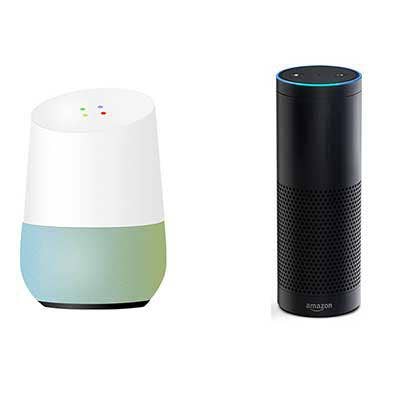
10. Rapid Adoption In The Consumer Market
While consumer IoT products have been on the market for a while – Nest thermostats and Philips Hue light bulbs, for instance – some of these devices have sparked concerns over usability, reliability and compatibility.
Now, with the rise of new products and applications, it will become increasingly easier for consumers to use smart home devices that are more reliable and work better together.
For instance, voice assistants like Google Home and Amazon Echo serve as valuable gateway tools to connect different products around the home seamlessly. Other tools, like application IFTTT (If This Then That), help to connect these devices and create a better user experience – so if a consumer turns on a smart light, the air conditioning will also turn on.